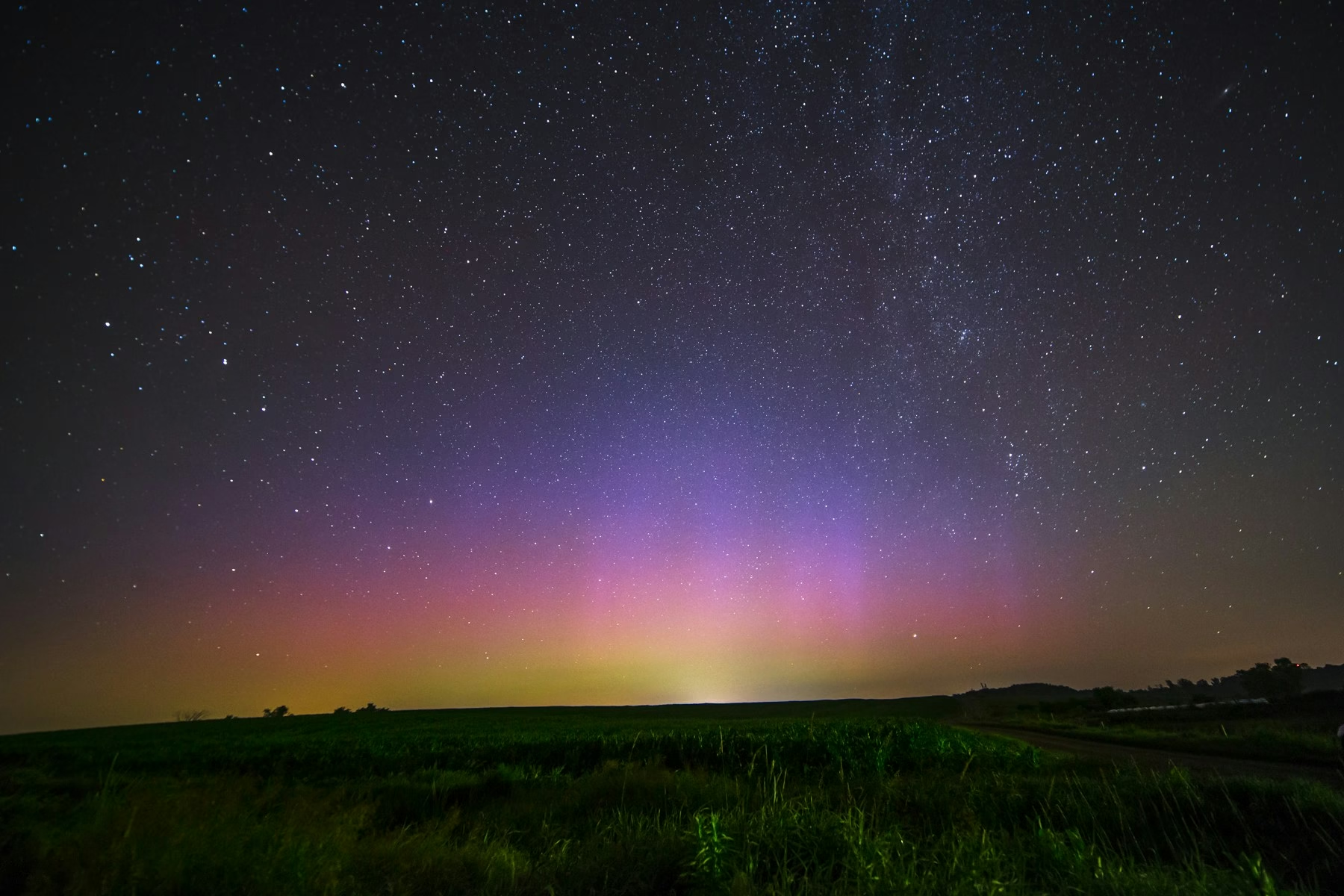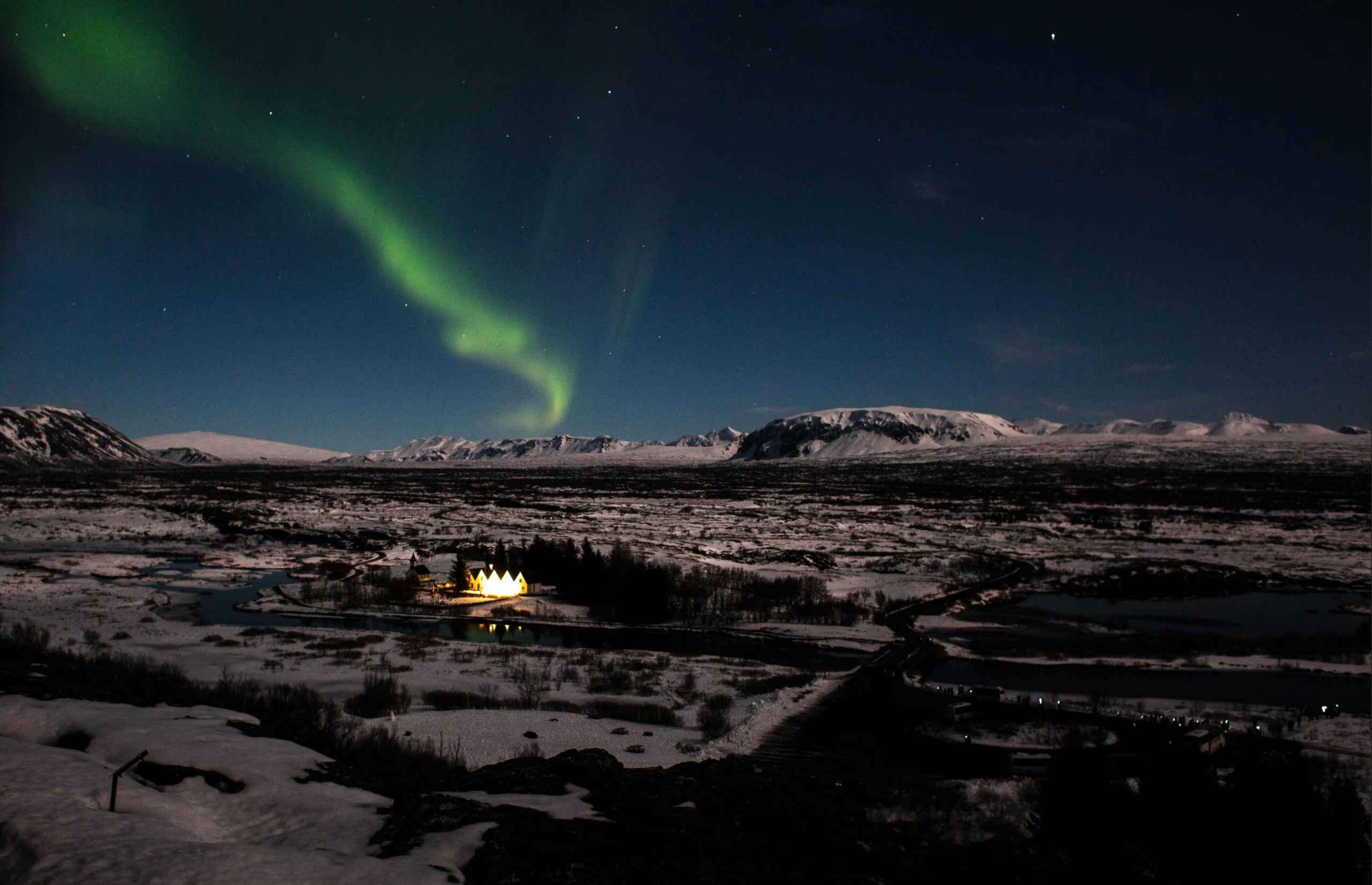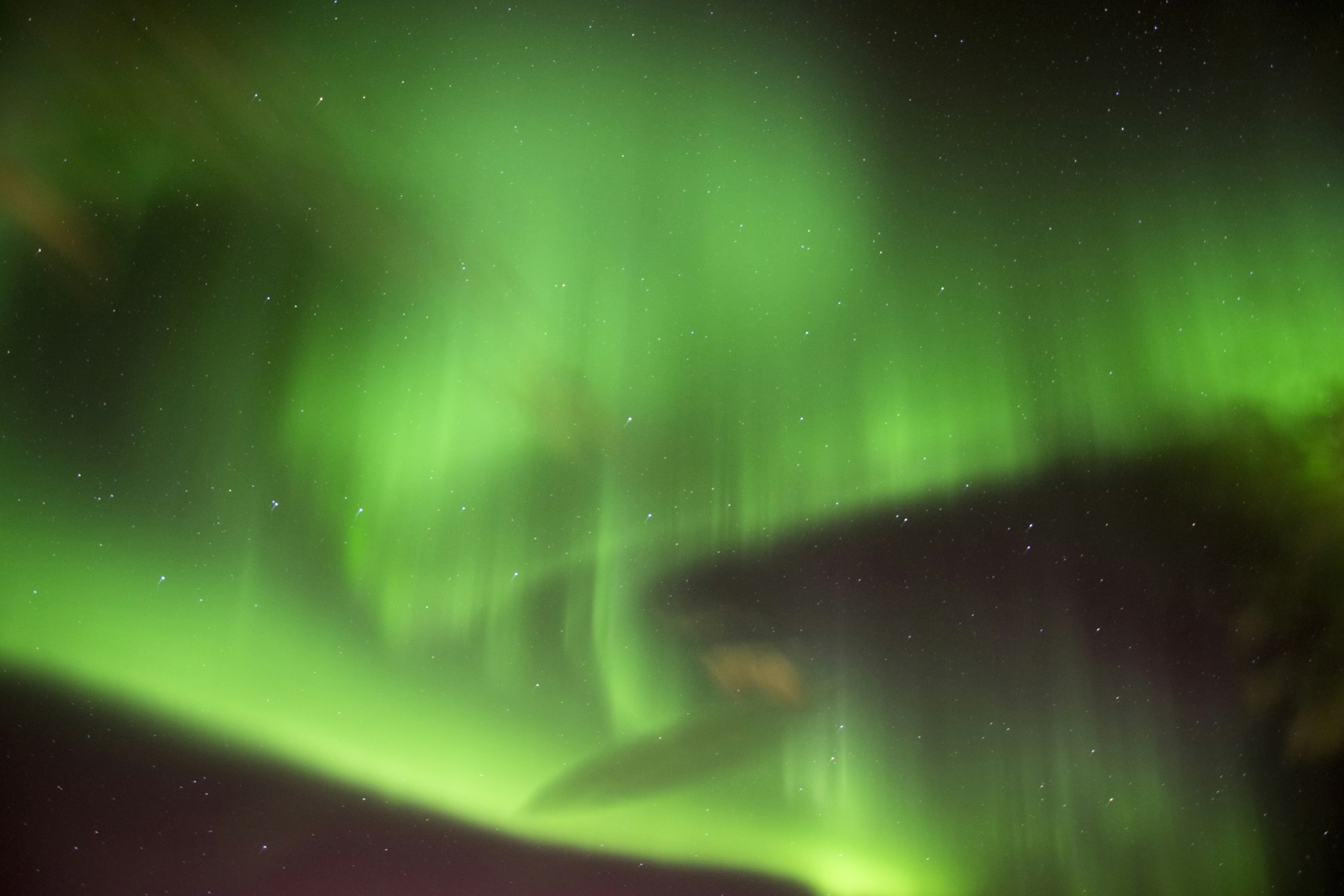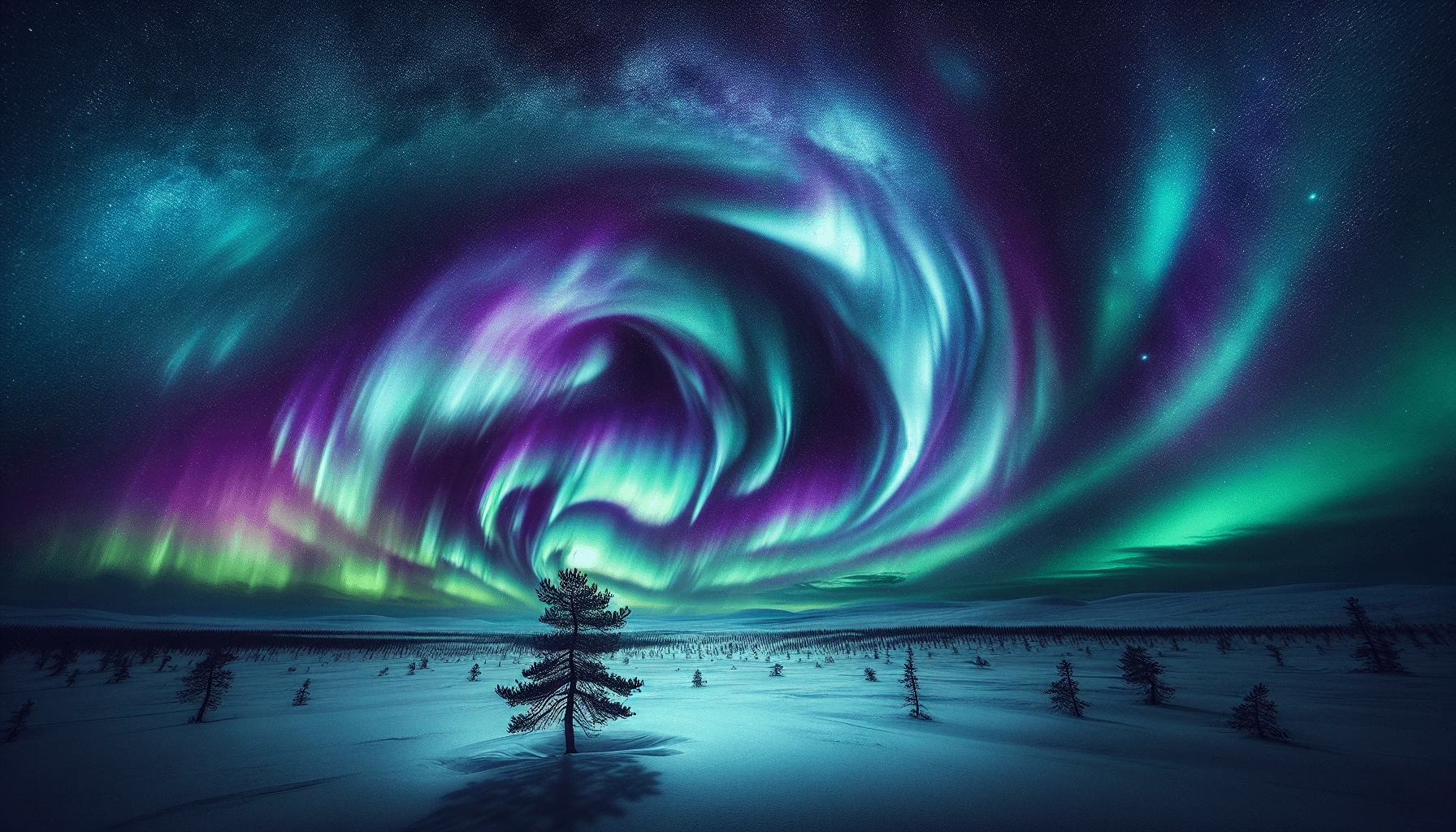Have you ever wondered what causes the beautiful displays of the Northern Lights that dance across the Arctic skies on cold, clear nights? Known scientifically as the aurora borealis, these lights offer a natural spectacle that has fascinated humanity for centuries. This dazzling display of colors, swirling in hues of green, red, blue, and purple, not only captivates our imagination but also prompts us to explore the scientific phenomena behind it. Let’s delve into the world of solar winds, charged particles, and magnetic fields to understand the magic of the Northern Lights.

Table of Contents
Understanding the Northern Lights: A Dance with Solar Winds
The Northern Lights are not simply the Earth’s version of a light show; these are a natural occurrence that involves complex procedures between solar activity and our own atmosphere. But what exactly causes this ethereal glow to light up the sky?
The Science Behind the Aurora Borealis
At the heart of the Northern Lights is the interaction between solar winds and Earth’s magnetic field. The sun is constantly emitting a stream of charged particles, known as solar wind, into space. As these particles travel towards Earth, they are attracted to the North and South Poles by the planet’s magnetic field, almost as if they are dancing to a magnetic symphony. When these charged particles collide with atoms and molecules in Earth’s atmosphere, they release energy in the form of light, creating the stunning sequences seen from the ground.
The Role of Solar Winds
You might be asking, what exactly are solar winds? These are streams of particles such as electrons and protons that have surged from the sun’s atmosphere. During periods of heightened solar activity, known as solar storms, the amount of solar wind increases significantly, leading to more vibrant displays of the Northern Lights. This dance of lights occurs most frequently near the magnetic poles due to the intensification of Earth’s magnetic field in these areas.
Magnetic Fields: The Invisible Force
The Earth’s magnetic field is crucial to the formation of the Northern Lights. It acts as a shield against the harmful effects of solar wind, redirecting the charged particles toward the poles. Without this magnetic field, the Earth’s atmosphere would be constantly bombarded, and life as we know it would be exposed to increased levels of radiation from space. The same forces that protect us also create one of the most beautiful phenomena known to man.
Historical and Cultural Context
The Northern Lights have a rich history and cultural significance that stretches back hundreds of years. Various cultures have attached different meanings and stories to this celestial display, drawing inspiration from its mystery and beauty.
Ancient Legends and Myths
Across the world, the Northern Lights have given rise to numerous myths and legends. For instance, to the indigenous Sámi people of Scandinavia, the aurora borealis was believed to be the souls of the departed, while others viewed it as a bridge to the heavens. In Norse mythology, the lights were thought to be the reflections of the shields and armor of the Valkyries. Each interpretation provides an insight into how different cultures related to the awe-inspiring phenomenon before the era of scientific explanations.
Scientific Discovery and Understanding
The scientific exploration of the Northern Lights began in earnest with early natural philosophers who hypothesized about their cause. It wasn’t until the advent of modern physics that scientists understood the electromagnetic nature of the auroras. Discovering the role of solar winds and magnetic fields revolutionized our comprehension of the auroras, offering insights not only into meteorology but also space weather and solar physics.

Viewing the Northern Lights: Key Considerations
Witnessing the Northern Lights is a bucket-list experience for many. But what factors should you consider to increase your chances of seeing this phenomenal display?
Ideal Locations
The best places to view the Northern Lights are typically high-latitude regions close to the magnetic poles. Countries like Norway, Sweden, Finland, Iceland, and parts of Canada and Alaska are most commonly recommended. These areas, often enriched with vast natural landscapes and clear skies, provide the ideal backdrop for these celestial performances.
Timing and Conditions
While the Northern Lights can occur year-round, they are most visible between late autumn and early spring when the nights are longest. Dark, clear skies away from urban light pollution are essential to view the lights most vividly. Weather conditions can also influence visibility, as cloudy skies can obscure the view entirely.
Planning Your Visit
It’s crucial to plan your trip around solar activity predictions and local weather forecasts. Websites and apps now provide real-time aurora forecasts to help enhance your chances of catching a glimpse. Sometimes, spontaneity pays off, while at other times, patience and persistence are needed to witness the spectacle.
The Impact of the Northern Lights on Modern Science
What may look like a natural light show is also a crucial subject of scientific study. The Northern Lights provide invaluable data on solar-terrestrial relations and space weather phenomena.
Studying the Aurora
Today’s scientists use sophisticated equipment, including satellites and ground-based observatories, to study the Northern Lights. These investigations have improved our understanding of the sun-Earth connection, leading to advances in predicting solar storms and managing their impact on telecommunications and satellite operations.
Technological Applications
Understanding solar winds and magnetic storms has numerous technological implications. Engineers factor in solar activity when designing sensitive equipment like satellites and power grids to withstand potential disruptions. Moreover, the study of auroras contributes significantly to developing navigational and communication systems that rely on satellite technology.

The Future of Northern Lights Research
The field of aurora research continues to evolve, driven by technological advancements and a growing understanding of our universe.
Emerging Technologies in Aurora Research
New tools are on the horizon, including more accurate sensors for detecting solar activity and advanced computer models that predict aurora formation. The integration of artificial intelligence in processing real-time data is expected to play a vital role in forecasting the Northern Lights more accurately.
Ecological and Environmental Considerations
Understanding the effects of solar winds extends beyond technological concerns. Examining how these charged particles interact with Earth’s atmosphere might provide insights into climate change and atmospheric composition. Continuous research could potentially uncover unknown connections between space weather and terrestrial phenomena.
Conclusion: Mesmerized by the Northern Lights
From the rich tapestry of legends to the intricate dance of scientific processes, the Northern Lights remain one of Earth’s most mesmerizing mysteries. Your journey through their history, science, and cultural significance is an adventure that extends from the depths of human imagination to the cutting edge of scientific exploration. By embracing the allure of the Northern Lights, you not only engage with a natural wonder but also explore the profound connections between our planet and the wider cosmos. As more is learned, one can only anticipate the deeper mysteries and insights yet to be uncovered.
Your eagerness to explore, learn, and witness the aurora borealis contributes significantly to understanding and appreciating these unpredictable and captivating phenomena. Whether through ancient stories or modern science, the constant beauty and intrigue of the Northern Lights continue to captivate and inspire both dreamers and doers alike.


